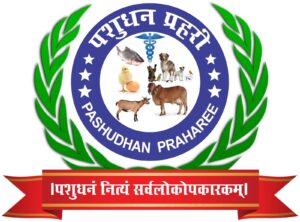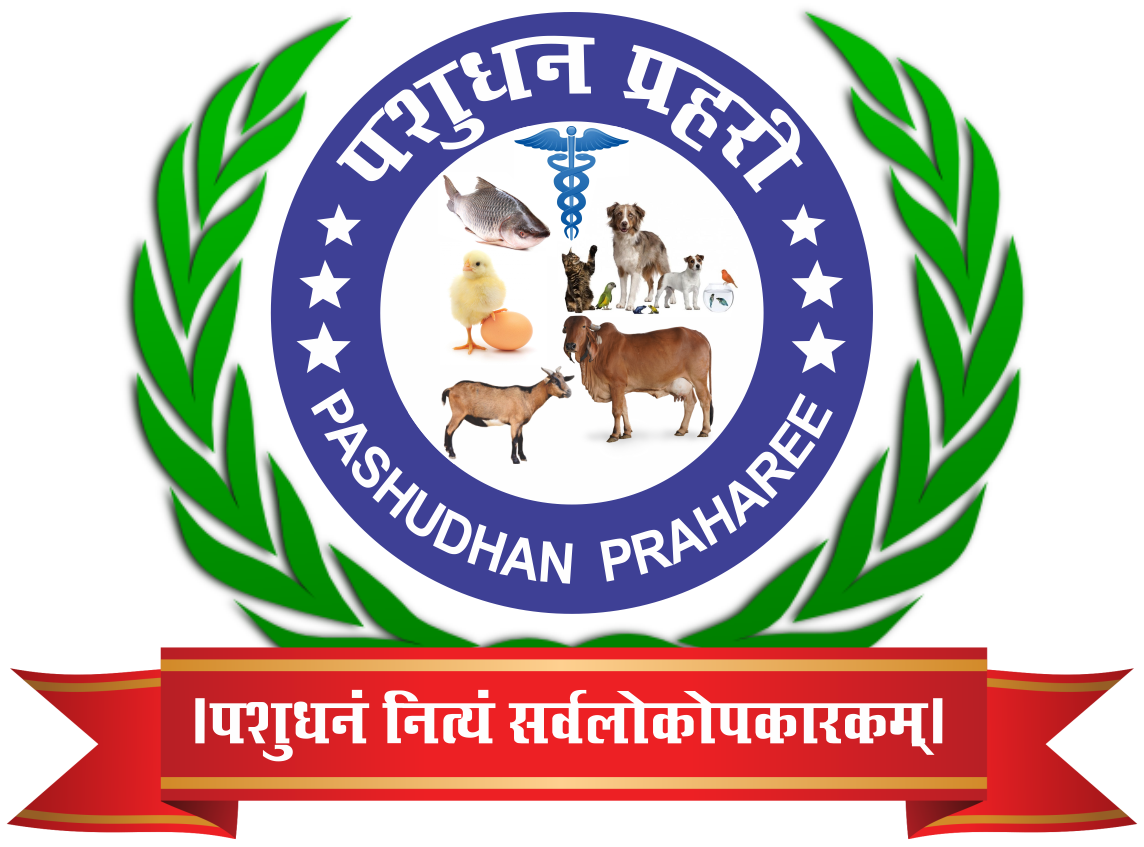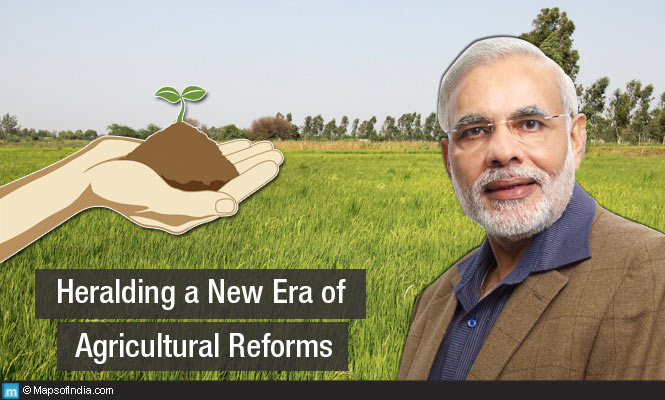Building an Efficient Supply Chain in Agriculture, with special reference to Fertilizer industry
Devika Mehrotra
Senior Manager, Deepak Fertilizers and Petrochemicals Corporation Ltd.
Address for correspondence: devikamehrotra11@gmail.com
Introduction
Agricultural retail marketing in India faces multiple challenges due to inefficiencies in the supply chain, lack of infrastructure, and an over-reliance on middlemen. This has led to inflated prices, increased wastage, and reduced profitability for farmers. The adoption of Information and Communication Technology (ICT) in agricultural marketing presents an opportunity to improve efficiency, reduce losses, and ensure fair pricing for both farmers and consumers. This paper highlights the significance of ICT in improving marketing activities in agricultural retail, showcases successful models, and discusses the potential of modern supply chain solutions in the Indian agricultural sector.
Supply chain optimization in the fertilizer industry is a critical process that ensures the efficient production, distribution, and delivery of fertilizers to farmers, ultimately supporting global food security. Fertilizers are essential for enhancing crop yields, but their journey from raw materials to the end user involves multiple stages, each of which must be carefully managed to minimize costs, reduce waste, and ensure timely availability. Optimizing this supply chain is not just about improving profitability for companies; it’s about ensuring that farmers have access to the right products at the right time to meet the growing demand for food.
The fertilizer supply chain begins with the sourcing of raw materials such as nitrogen, phosphorus, and potassium, which are often extracted from mines or produced through chemical processes. These materials are then transported to manufacturing facilities, where they are processed into various types of fertilizers. From there, the finished products are distributed to warehouses, retailers, and ultimately to farmers. Each step in this process presents opportunities for optimization, whether it’s through better inventory management, improved transportation logistics, or the use of advanced technologies like data analytics and artificial intelligence.
One of the key challenges in the fertilizer supply chain is the volatility of raw material prices and availability. For example, disruptions in the supply of natural gas, a critical input for nitrogen-based fertilizers, can lead to price spikes and shortages. To address this, companies are increasingly adopting predictive analytics to forecast demand and adjust procurement strategies accordingly. By analyzing historical data and market trends, they can make more informed decisions about when and where to source materials, reducing the risk of supply chain disruptions.
Transportation is another area where optimization can yield significant benefits. Fertilizers are bulky and often need to be transported over long distances, making logistics a major cost driver. Companies are leveraging route optimization software and real-time tracking systems to streamline transportation, reduce fuel consumption, and ensure timely deliveries. Additionally, some are exploring the use of alternative transportation methods, such as rail or waterways, to lower costs and minimize environmental impact.
Inventory management is equally important in optimizing the fertilizer supply chain. Overstocking can lead to high storage costs and potential product degradation, while understocking can result in missed sales opportunities and dissatisfied customers. Advanced inventory management systems enable companies to maintain optimal stock levels by providing real-time visibility into inventory levels and demand patterns. This helps ensure that fertilizers are available when and where they are needed, without unnecessary waste.
Sustainability is also becoming a key focus in supply chain optimization. The fertilizer industry has a significant environmental footprint, from the energy-intensive production process to the emissions associated with transportation. Companies are increasingly adopting sustainable practices, such as using renewable energy in production facilities, optimizing packaging to reduce waste, and implementing circular economy principles to recycle and reuse materials.
Supply chain optimization in the fertilizer industry is a complex but essential process that requires a holistic approach. By leveraging technology, improving logistics, and adopting sustainable practices, companies can enhance efficiency, reduce costs, and ensure that fertilizers reach farmers in a timely and environmentally responsible manner. This not only benefits the industry but also plays a crucial role in supporting global agriculture and food security.
Challenges in Agricultural Supply Chain Management
India produces approximately 134.5 million metric tons (MT) of fruits and vegetables annually. However, due to inadequate cold storage, poor preservation facilities, and inefficient supply chain infrastructure, a significant portion of this produce is wasted. Studies indicate that middlemen and poor supply chain management can inflate agricultural prices by up to 60% without adding any actual value. These inefficiencies limit farmers’ access to fair market prices and reduce the overall competitiveness of the agricultural sector.
Building an Efficient Agricultural Supply Chain
An effective supply chain ensures value-added food products reach consumers while providing remunerative prices to farmers. Implementing state-of-the-art supply chain technologies can address inefficiencies and drive sustainability.
- Commodity and Industry Evolution: Coordinated efforts in commodity standardization and industry evolution can enhance market predictability.
- Integrated Technology Models: Adoption of digital supply chain platforms, blockchain technology, and AI-driven forecasting models can streamline operations.
- Regulatory Frameworks: Policy support for ICT adoption in agriculture, including subsidies for digital infrastructure and regulatory frameworks for e-commerce in agriculture, can further facilitate supply chain efficiency.
Consumer-Centric Supply Chain Management
Traditional marketing strategies, based on the 4Ps (Product, Price, Promotion, Place), have focused excessively on controlling consumer returns rather than addressing inefficiencies in the producers’ supply chain. Heiman et al. (2001a) suggest that segmenting consumers based on product preferences and distribution channels can lead to more profitable return management models. Rather than restricting returns, agricultural supply chains should focus on improving infrastructure and distribution to enhance customer satisfaction and minimize wastage.
Success Stories and Model Implementations
Several initiatives have demonstrated the effectiveness of ICT in agricultural marketing:
E-NAM (National Agriculture Market): A pan-India electronic trading portal that connects agricultural markets and facilitates direct farmer-to-buyer transactions.
Agri-Tech Startups: Companies like Ninjacart and DeHaat leverage technology to streamline supply chain logistics and improve market linkages for farmers.
Kisan Call Centers: Provide farmers with real-time advisory services on best practices, market trends, and weather conditions.
Thus, encouraging investment in agricultural supply chains will be crucial for achieving long-term growth and sustainability in the sector.



